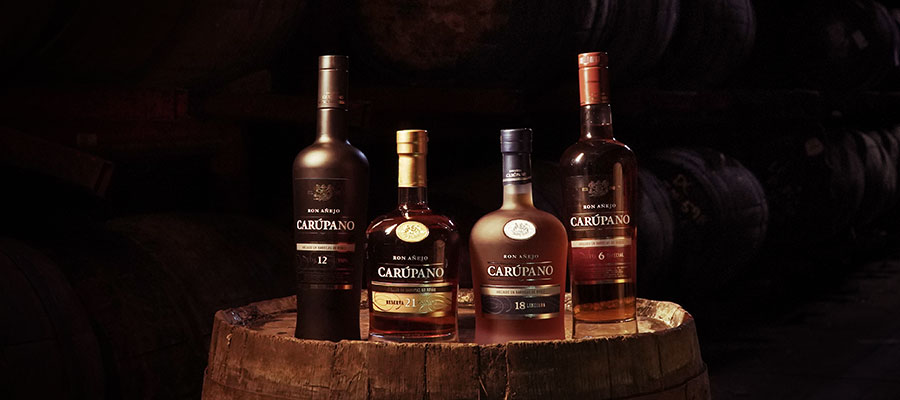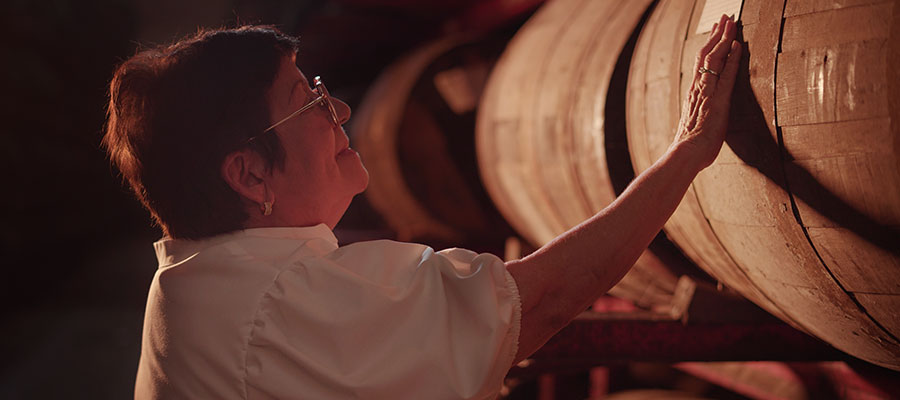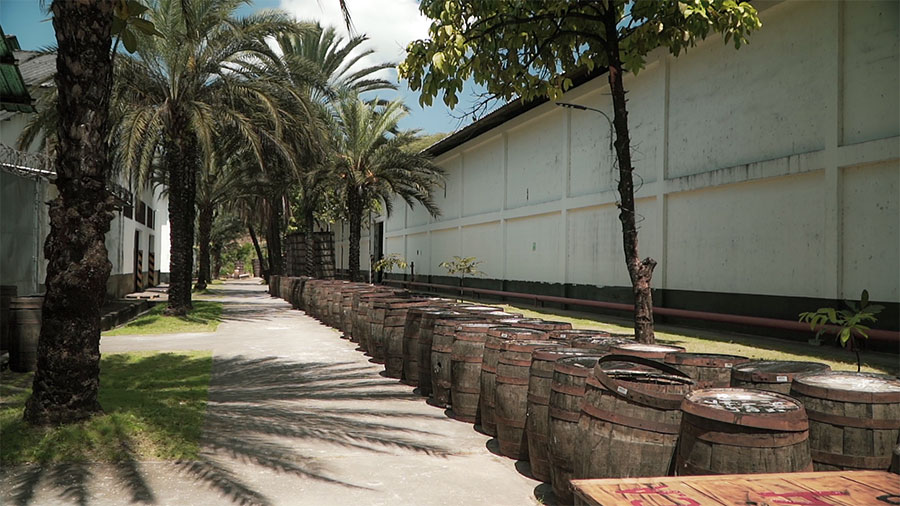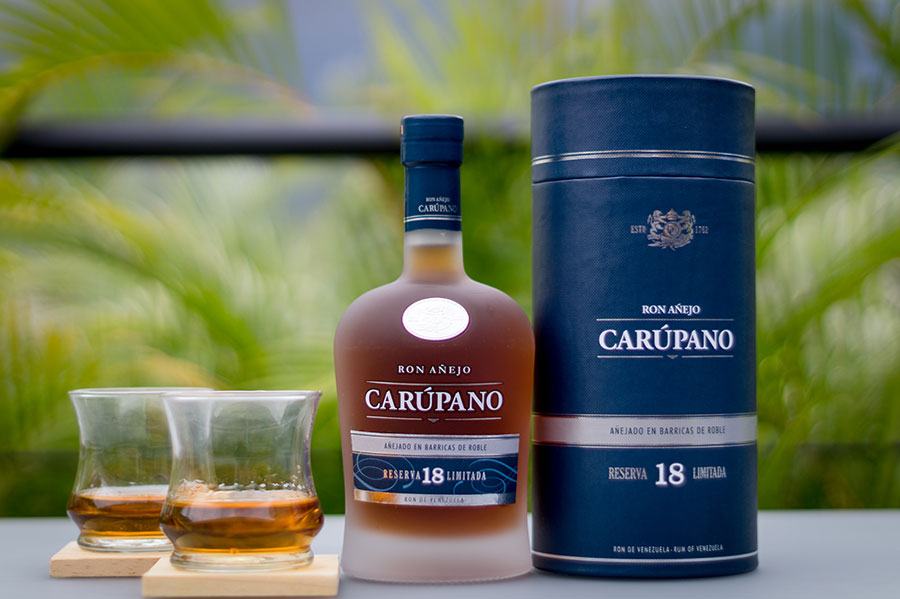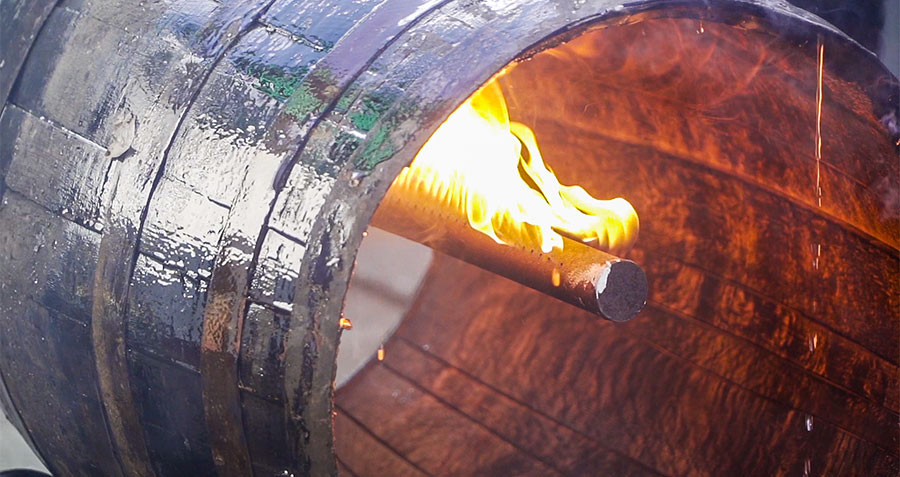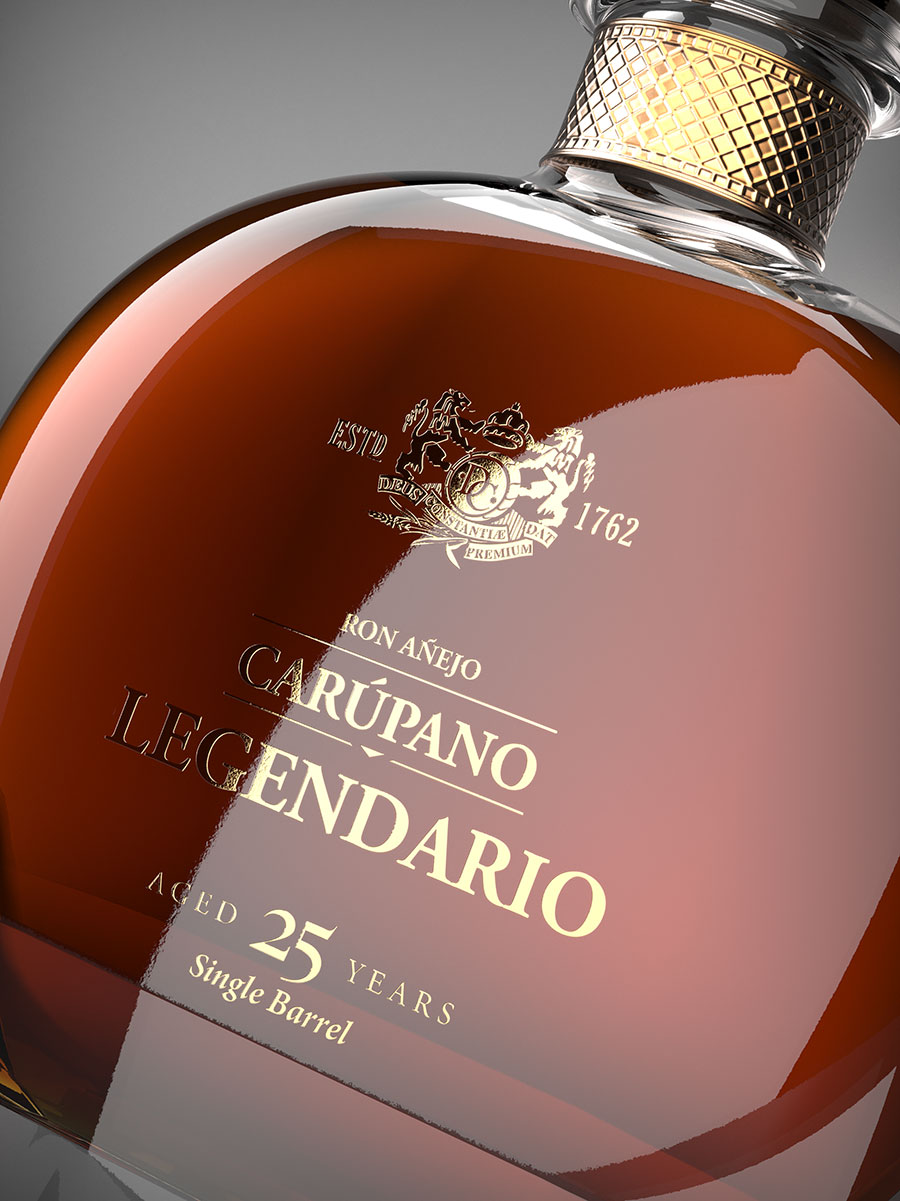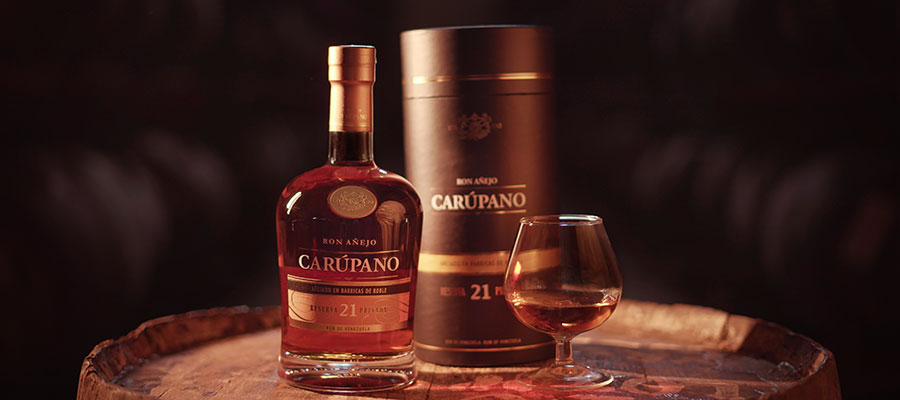When you think of Venezuela and rum, you immediately think of Diplomatico, possibly Santa Teresa, or even Cacique… but not, or at least not yet, Carúpano. This is an ‘oversight’ that is about to be corrected, as the Sugar State brand is gaining in power internationally, after having consolidated its positions on the local market.
Carúpano prides itself on being the oldest rum brand in Venezuela. Let’s go back in time and look at its origins. The first European to land in what would become Venezuela (on the Gulf of Paria) was Christopher Columbus on his third voyage in 1498. But the navigator did not linger and it was Amerigo Vespucci and Alonso de Ojeda who explored the region a year later.
They discovered the Arawaks and Cumanagatos, who had been living there for several thousand years. The Spaniards claimed these territories and established their first colony (Nueva Cadiz) in 1522. As everywhere, the colonists pushed the indigenous peoples out and brought in African slaves. The new colony, which had no gold, did not really take off until the 17th century, when cocoa was planted there.
The First Venezuelan Ron Anejo is distilled in Altamira
The first distillation equipment is believed to have arrived in Venezuela in the 18th century, and aguardiente (unaged) is probably produced at this time. In 1762, a Spanish captain named Félix Del Fiero decided to settle in Venezuela, in the Macaparana valley, where the Carúpano brand is located today.
He decided to make rum there and, for the first time in the country, to age it. “That’s why we can say that Carúpano is the cradle of Venezuelan rum, because according to the regulations in force, it must be aged for at least two years,” explains Philip Gillier, Rum Expert Consultant at GS-Export, who joined the brand two years ago to help it develop internationally.
This is the first time that what would later be called a ‘Ron Anejo’ has been produced there. In 1821, the country became independent under the leadership of Simon Bolivar. In 1853, the hacienda that is the birthplace of the Carupano brand is named ‘Altamira’, a name it still bears today.
As a sign that Carupano was already a well-established brand, it was present at the Universal Exhibition in Paris in 1889 and left with medals and awards. However, in 1901, the distillery closed after the death of Thomas Massiani, one of the owners who had tried to give the estate the greatest prestige and growth it had known since 1840.
The revival under the aegis of the Morrisons
It wasn’t until 1954 and the arrival of the Morrison family (still in charge today) that operations resumed. The Morrisons joined forces with Alejandro Hernandez, owner of Industrias Pampero, and created Destilería Carúpano, CA.
The partnership ends in 1962. To this day, Carupano is still run by the Morrison family (4 generations), although since 2010, the company’s operation and the desire to gradually delegate its daily management to non-family professionals.
In 2003, the “Ron de Venezuela” designation of origin was created, thanks in particular to the contribution of Carúpano. 2008 saw the launch of Ron Añejo Carúpano Legendario, a 25 year old rum from blended casks dating back to 1983.
During the 2000s and 2010s, the range increasingly left Venezuela and presented its vintages at international competitions where it regularly won medals. In 2022, Ron Carúpano celebrates the 32 years of service of Carmen López de Bastidas, Venezuela’s first female master blender, and introduces her new bottle and case. Ron Carúpano began by building his brand in Venezuela, where it is the third best-selling rum, behind Santa Teresa and Cacique, but ahead of Diplomatico,” analyses Philip Gillier.
But unlike its three competitors, it is the only one still owned by family capital, and not by large international groups. In 2021, Ron Carúpano sold 80,000 cases of 9L in Venezuela and 6,000 cases of 9L for export. By 2022, it will be around 100,000 9L cases produced globally. Since the end of 2020, the company has been exporting to the USA and since spring 2021 to Europe.
A two-location production process
The Carúpano brand no longer owns cane fields, sugar cane mills, fermentation tanks or distillation equipment. It chooses from molasses and distillates produced by the giant Yaracuy distillery (as do many Venezuelan rums).
The molasses is type B (qualitative), with a non-crystallised sugar concentration of 55% and a brix level of between 68% and 75%. After reduction, the brix level drops to 20%. Fermentation takes place in the Yaracuy distillery and lasts between 48 and 92 hours.
The molasses wine comes out of the fermentation tanks at 7% to 9%. It is then distilled in columns and the resulting rum is 96% proof. The distillates are then transported back to Altamira where the ageing process can begin.
The latter is located in the heart of the Macaparana-Carúpano valley, a low-lying area at sea level, and enjoys a special microclimate. Humidity is very high due to breezes from the Caribbean Sea, while temperatures are high during the day, but drop by 10° at night. Since 1896, reduction has been carried out in Carupano using spring water from the Chuare River, to which Ron Carupano has exclusive access.
The question of age
During the ageing process, the rums, which are stored in ex-bourbon barrels, are stored on six floors. They do not undergo any topping up, and the angels’ share causes them to lose up to 14% per year (for the casks closest to the roof),” explains María L. Sanchez A., the export manager. The rums are then blended by cellar master Carmen Lopez de Bastidas.” According to the Venezuelan DOC, rums must be aged for at least two years. But unlike in Europe, the oldest drop rule applies.
So when the number 6 appears on a bottle, it is the age of the oldest rum. “Ron Carupano is working on modifying the labels to remove this numerical reference, with the aim of remaining as transparent as possible with its consumers. This transition is planned for 2023 throughout Europe”, Phillip Gillier informs us.
Vanilla, cocoa and coconut
The Especial is a blend of 2 to 6 rums perfect for cocktails. The Exclusiva is a blend of rums from 4 to 12 years old that can be drunk as a tasting or as a cocktail. From the Limitada onwards, we enter the category of premium tasting rums. It is a blend of rums from 5 to 18 years old, drier and more complex.
The Privada is a blend of rums from 6 to 21 years old, with several layers of flavours and a very long coconut finish. Finally, the Legendario is a bottling that uses only 25 year old rum. 500 decanters are produced each year, approximately 80%-85% of which are angelica.
The aromatic framework of the range is based on vanilla, cocoa and coconut. All the vintages are 40% proof. Here are some good Spanish molasses rums, with personality and a relevant range, and at affordable prices. The Exclusiva is priced at around 45 euros, the Limitada at 60 euros and the Privada at 75 euros.

